Uncovering the secrets to optimal performance: making sport specificity, measurable
Elite Speed Skating with the Oro sensors!
In this report, we are talking about Olympic speed skater Koen Verwij, and his coaches Daniel Greig & Kosta Poltavets.
Athlete profile:
Competition cycle: Peaking
Athlete goal: Optimizing training
Movements measured: barbell squats + auxillary movements
Muscle group: Glut
Why is it important?
By making sport specificity, measurable, we were able to help a Gold Medalist speed skater, who was recovering from a back injury, skate his fastest time ever in 6 weeks.
The myth of barbell squats:
Speed skating is a leg dominant sport - this means that most people assume barbell squats have the best effect on an athlete's performance when peaking for competition. We asked ourselves - "is this assumption true knowing more specifically that speed skating is a glute dominant sport?" To find an answer, we looked at Koen's glut where we have the following factors:
Koen injured his back doing heavy barbell squats;
30% of the time in the weight room was spent on barbell squats (valid not only for Koen's team, but also for most teams in the world);
We wanted to help Koen's coaches identify which training exercises are actually specific to his performance goals (best targeted training stimulus while avoiding injury). Are barbell squats truly worth the risk in performance gains, especially nearing competition where heavier barbell squats are often included in training plans?
What is specificity and how is it measured?
Specificity is important because it is the number one training variable that drives performance gains. The principle of specificity of training states that the way the body responds to physical activity is very specific to the activity itself. Intuitively, an exercise that is specific to the movements required of performance if it visually "resembles" the sport specific movement.
In the past years, while elite sports have continuously developed through better understanding performance and using data science, a clear way to define and measure sport specificity has remained elusive - until today.
Oro measures specificity directly from the muscles!
In the past, specificity would be evaluated through line of sight and basic knowledge of biomechanics (coach looking at the athlete and evaluating whether it looks more or less like the movement it should replicate). This is an outdated practice and is very error prone (like this case study shows)
At Oro Muscles, we give coaches a way to directly measure specificity and to check if their assumptions are truly valid. The Oro Wearable monitors the exact muscle and movement patterns of an athlete both in the desired environment and during training. Through our platform, a coach can easily and simultaneously:
Visualize the difference in movement production;
Quantitatively rank movements according to specificity;
Choose the appropriate exercise for their training goals.
Just because it's specific for one person doesn't mean that it is specific to others!
Each person's body movements and biomechanics are unique, the leverages and physics required for each athlete to produce movement is different. Our system is able to account for these nuances and offers a personalized measurement of specificity for the individual needs of any coach and athlete.
Better specificity, better results.
In our system, we have looked at and ranked the results of training exercises from Koen, to establish the following specificity levels (click on the level to learn more).
-
Score 7-10
-
Score 4-6
-
Score 1-3
Contrary to widely accepted theory, when directly measured, Koen's Barbell squats are the least specific exercise to speed skating - his ultimate goal (score 2).
Based on how movement is produced in Koen's glut, barbell squats do not come close to the movement of skating (as seen in the graph on the right
During measurement, Koen's skating jumps are amongst the most specific exercises from his schedule for reaching the performance goal (score 7).
Based on how movement is produced in Koen's glut, skating jumps come very close to the desired results.
Smart & specific training exercises ranking!
We used the data from Koen to identify and rank the exercises he uses based on their specificity level.
Based on the testing results, movements that had low specificity, hypertrophy, and strength value for the glut were cut from training for six weeks during Koen's peak cycle. These exercises are likely much more appropriate earlier in the training season or for GPP to maintain fitness during off season.
What we did next would have been counterintuitive to any speed skating coach without this data. We cut all barbell squatting movements for 6 weeks during Koen's peak cycle and replaced them with high specificity movements. Most coaches would assume this would be detrimental to on-ice velocity because they believe that heavy barbell squats are specific to speed skating.
This seemingly counterintuitive intervention actually resulted in him skating his fastest time ever in training!
The first step to winning is setting your ambition. With the Oro Muscles wearable, we facilitate the best interaction between athlete and coach, help you understand deep muscle insights, and use this information to maximize performance, quickly, with less risks of injury.
If you have ever questioned how much weight should be lifted, which movement should be incorporated into a training plan, or if a movement is actually targeting what you intended, contact us today!
Get in touch!
Our team is here to make your journey seamless! If you have questions, you can directly get in contact:




